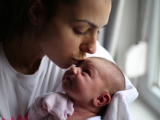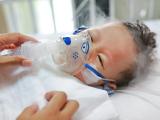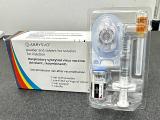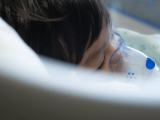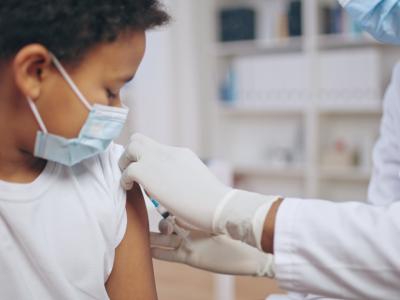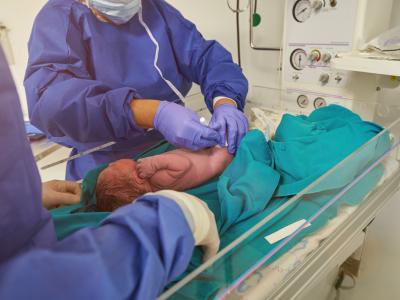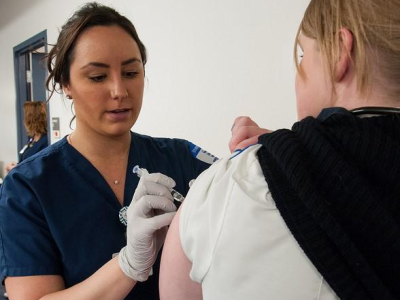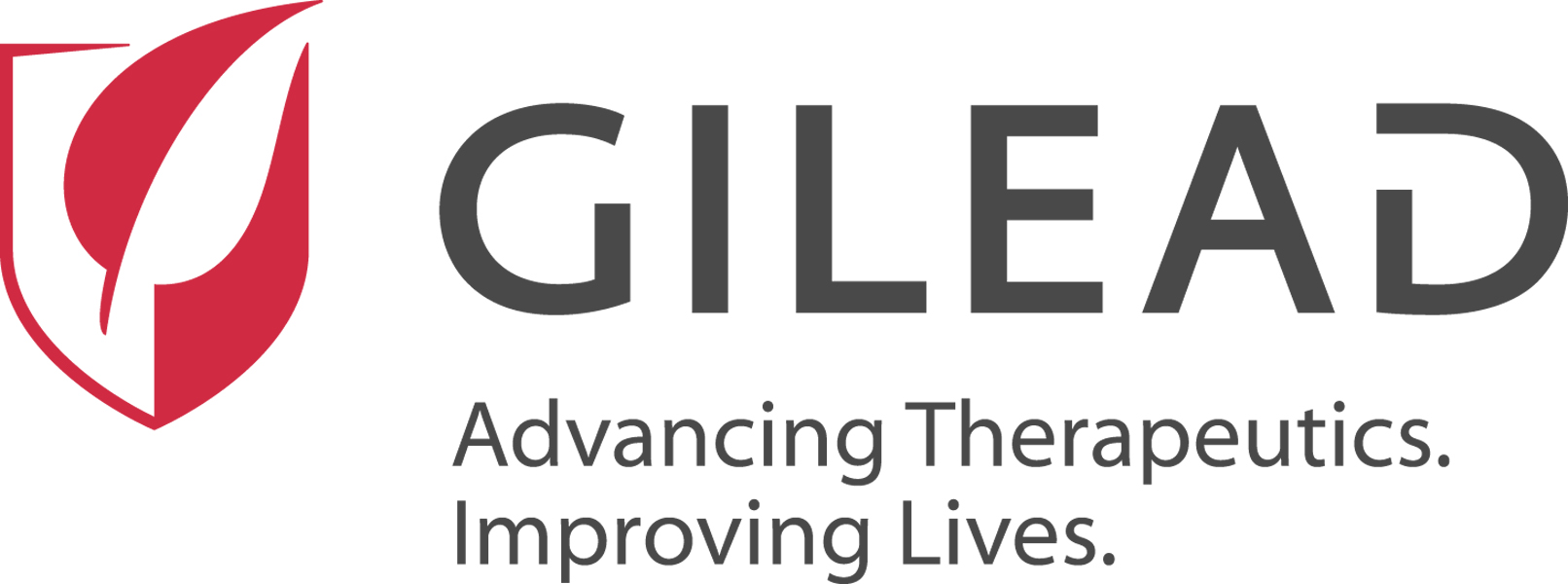US children visiting an emergency department (ED) with respiratory syncytial virus (RSV) infection are over 1.5 times more likely to be hospitalized compared with those infected with human metapneumovirus (HMPV), with infants younger than 6 months being at over 3 times the risk, suggests an analysis published in Pediatrics.
Researchers from the Centers for Disease Control and Prevention (CDC) and seven pediatric hospitals conducted parent interviews, reviewed electronic medical records, and collected nasal swabs for RSV and HPMV testing from more than 8,000 children visiting the ED with acute respiratory infections from December 2016 to March 2020.
No preventive therapies available for HMPV
RSV and HMPV are genetically related, cause similar symptoms, and are a major cause of medically attended respiratory infections in children, the authors noted. In general, RSV circulation tends to begin before HPMV season.
While the nirsevimab (a long-term monoclonal antibody therapy preventive) and a vaccine for pregnant woman have been available to prevent RSV in infants, there are no preventive therapies for HMPV, although the researchers said vaccines against HMPV are being developed for both children and adults.
"The introduction of new RSV prevention products has the potential to affect severity and seasonality of RSV and may indirectly change the epidemiology of HMPV," they wrote
Younger kids at over triple the risk
In total, 4,398 children were hospitalized for RSV, and 931 were admitted for HMPV, while 2,371 visited an ED for RSV, and 905 did so for HMPV. The median age of children hospitalized for RSV was lower than that of those with HMPV (7 vs 16 months).
As new RSV and HMPV prevention products become available, continued monitoring of the epidemiology of these viruses will be necessary.
Patients with RSV had higher odds of hospitalization than those with HMPV (adjusted odds ratio [aOR], 1.68), with the highest risk in infants younger than 6 months (aOR, 3.27). Underlying medical conditions were more than twice as common among infants hospitalized for HMPV than those with RSV (26% vs 11%).
Similar proportions of RSV and HMPV patients needed supplemental oxygen (62.1% vs 60.7%) or intensive care (20.8% vs 19.8%), and median length of hospitalization was the same (2 days). Children hospitalized with RSV were less likely to require mechanical ventilation than those admitted with HMPV (3.9% vs 5.9%), a trend seen across most age-groups.
HMPV patients were more likely than those with RSV to be released from the hospital with diagnoses of pneumonia (35.6% vs 17.7%) and/or bacteremia/septicemia (4.3% vs 1.7%).
Children with RSV or HMPV who were born prematurely or had cardiovascular, lung (excluding asthma), neurologic, gastrointestinal/hepatic, or genetic/metabolic conditions had higher odds of staying in the hospital for 3 or more days and ICU admission than those without these conditions.
"Although the clinical presentation and severity of illness may be similar, these viruses impact different populations and age groups and exhibit different seasonal trends," the study authors wrote. "As new RSV and HMPV prevention products become available, continued monitoring of the epidemiology of these viruses will be necessary."



